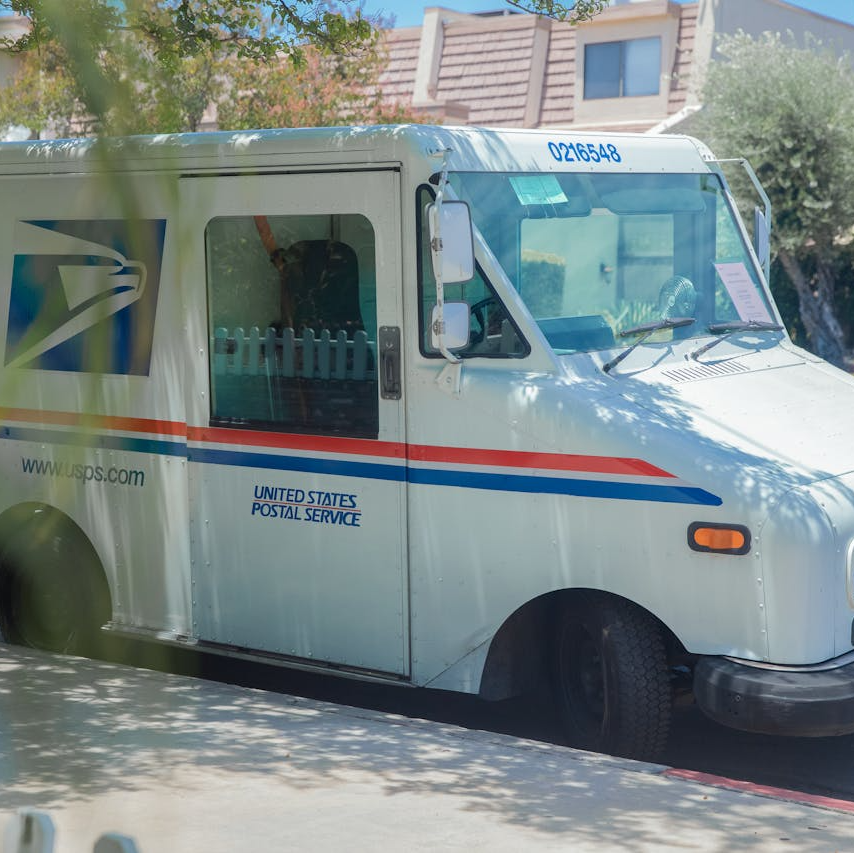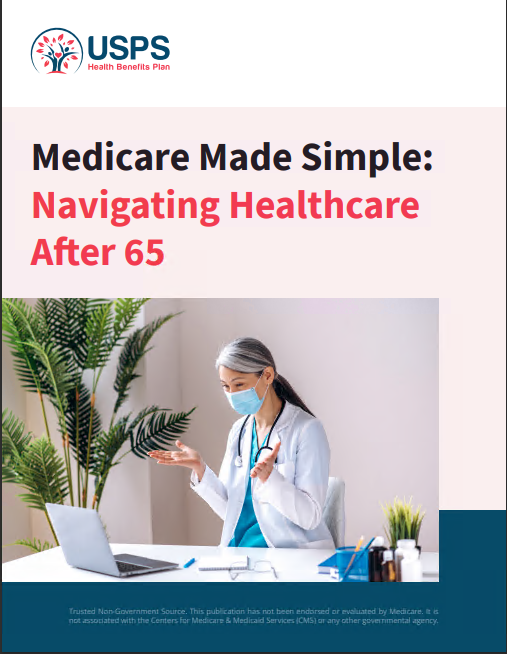Key Takeaways
-
The Postal Service Health Benefits (PSHB) program will require USPS retirees to enroll in Medicare, potentially increasing healthcare costs for those who haven’t signed up yet.
-
USPS workers and retirees should understand the upcoming changes and consider their options now to manage potential increases in healthcare costs effectively.
Healthcare Costs for USPS Workers Could Rise with Medicare Mandates—What You Should Do Now
Changes to healthcare policies are always a hot topic, and USPS workers and retirees are facing a significant shift with the Postal Service Health Benefits (PSHB) program set to launch in 2025. A key aspect of this new program is that it will require many USPS retirees to enroll in Medicare once they turn 65, something that could impact healthcare costs for many. If you’re a current worker or retiree, it’s important to prepare now to understand how these changes might affect you and your healthcare expenses.
Understanding the PSHB Program and Medicare Mandates
The PSHB program is designed to transition current USPS employees and retirees to a new healthcare system. This program is part of broader reforms outlined in the Postal Service Reform Act, aiming to reduce costs for the U.S. Postal Service by aligning its healthcare options more closely with Medicare. By requiring eligible retirees to enroll in Medicare Parts A and B, the government expects to reduce the Postal Service’s financial burden.
However, this mandatory enrollment could result in higher out-of-pocket costs for those who haven’t previously signed up for Medicare. While Medicare provides valuable healthcare coverage, its premiums, deductibles, and copayments are important considerations. Many USPS retirees, who have relied solely on the Federal Employees Health Benefits (FEHB) program, will need to assess these new expenses and adjust their financial planning accordingly.
Why USPS Workers and Retirees Should Pay Attention
If you’re a USPS worker approaching retirement or already retired, this shift is something you should not ignore. Once the PSHB program is in place, retirees aged 65 and older will be required to enroll in Medicare Parts A and B, which cover hospital and outpatient services. While Medicare Part A is typically premium-free, Medicare Part B does come with monthly premiums, which can vary based on your income. Those who fail to enroll during the designated period may face late enrollment penalties, which could further increase costs.
For retirees who have delayed enrolling in Medicare, the PSHB program may also involve coordination between Medicare and their existing FEHB plan, which could either reduce or increase total healthcare costs depending on the circumstances. Knowing the details now can help you make better choices about when and how to enroll, and what additional coverage you might need.
How Will Healthcare Costs Change?
The impact on healthcare costs for USPS retirees will vary, but here are some key areas to consider:
-
Medicare Part B Premiums: Currently, some retirees don’t pay Medicare Part B premiums because they rely solely on FEHB coverage. With the new mandate, most retirees will need to pay this premium. In 2024, the standard Part B premium is around $174.70 per month, but it could be higher depending on your income. Those who fail to enroll in time may face a lifelong penalty that increases this premium by 10% for every 12 months they were eligible but not enrolled.
-
Out-of-Pocket Costs: Medicare comes with deductibles, copayments, and coinsurance. Retirees accustomed to FEHB plans with predictable cost-sharing will need to familiarize themselves with Medicare’s cost structures. Medicare Advantage plans and Medicare Supplemental Insurance, also known as Medigap, may help offset some of these costs, but these options come with their own premiums and rules.
-
Coordination of Benefits: For those who retain FEHB coverage in retirement, Medicare will typically become the primary payer, with FEHB acting as secondary insurance. This could reduce your out-of-pocket expenses, as Medicare covers a significant portion of costs before your FEHB kicks in. However, understanding how this coordination works and selecting the best plan to supplement Medicare is critical to avoiding unnecessary expenses.
Steps to Take Now
Whether you’re still working or already retired, here are several actions you should consider to prepare for these upcoming changes:
1. Review Your Current Benefits
Take a close look at your current FEHB plan and understand what it covers. Knowing the ins and outs of your current healthcare coverage will help you identify any potential gaps when Medicare becomes mandatory. This can also help you plan for any supplemental coverage you might need once Medicare is in the picture.
2. Explore Your Medicare Options
Before the Medicare mandate kicks in, take the time to research your options. Consider both Original Medicare (Parts A and B) and Medicare Advantage plans. Each option comes with its own costs, coverage networks, and rules, so think about what would work best for you, especially in light of your existing FEHB plan. Don’t forget to consider prescription drug coverage through Medicare Part D or a Medicare Advantage plan that includes drug coverage.
3. Calculate Potential Costs
Understanding your future healthcare expenses is critical. Calculate what you might pay in Medicare premiums, deductibles, and other out-of-pocket costs, especially if you’ll need additional coverage such as Medigap or a Medicare Advantage plan. Balancing these costs against your retirement income is crucial to ensure that healthcare expenses don’t derail your financial plans.
4. Check Enrollment Deadlines
The PSHB program requires timely Medicare enrollment to avoid penalties. Make sure you understand when you need to enroll, especially if you’re nearing 65 or already past that age. Missing the enrollment window could lead to penalties that permanently increase your Medicare Part B premiums. Stay on top of these deadlines to avoid unnecessary extra costs.
5. Consult with a Licensed Insurance Agent
Medicare can be complex, and trying to navigate your options alone can feel overwhelming. Consulting with a licensed insurance agent who specializes in Medicare can help you understand your best options and avoid costly mistakes. These agents can help guide you through the enrollment process, explain coverage details, and offer recommendations based on your unique healthcare needs.
Should You Enroll in Medicare Now?
For USPS workers and retirees close to 65, the question of whether to enroll in Medicare now or wait until the PSHB program launches is critical. If you’re nearing eligibility, you might want to consider enrolling in Medicare during your Initial Enrollment Period to avoid future penalties. On the other hand, if you’re still working and covered by FEHB, you might choose to delay Medicare Part B enrollment until you retire. However, delaying could result in higher costs later, so it’s a decision that should be made carefully.
How Will the PSHB Program Affect Spouses and Dependents?
If your spouse or dependents rely on your FEHB coverage, the PSHB program will affect them too. Under the new rules, USPS retirees and their eligible family members will also need to enroll in Medicare to keep their FEHB coverage. Make sure to explore how this could impact your family’s healthcare costs and coverage options, and plan accordingly. For some families, keeping FEHB as secondary insurance to Medicare might make sense, while others may find Medicare Advantage or Medigap policies more cost-effective.
Preparing for the Future: Staying Informed
The changes introduced by the PSHB program will undoubtedly alter the landscape of healthcare coverage for USPS retirees. As we approach the 2025 rollout, staying informed and proactive is your best defense against unexpected costs. By reviewing your benefits, understanding Medicare options, and preparing for potential changes now, you’ll be better positioned to manage your healthcare needs in retirement.
Making the Right Decisions for Your Healthcare
Navigating the PSHB program and its Medicare mandates might seem overwhelming, but by taking the right steps now, USPS retirees can minimize future costs and ensure continued coverage. Take action today by reviewing your benefits, exploring Medicare options, and seeking guidance from a licensed insurance agent to stay prepared for the coming changes.










